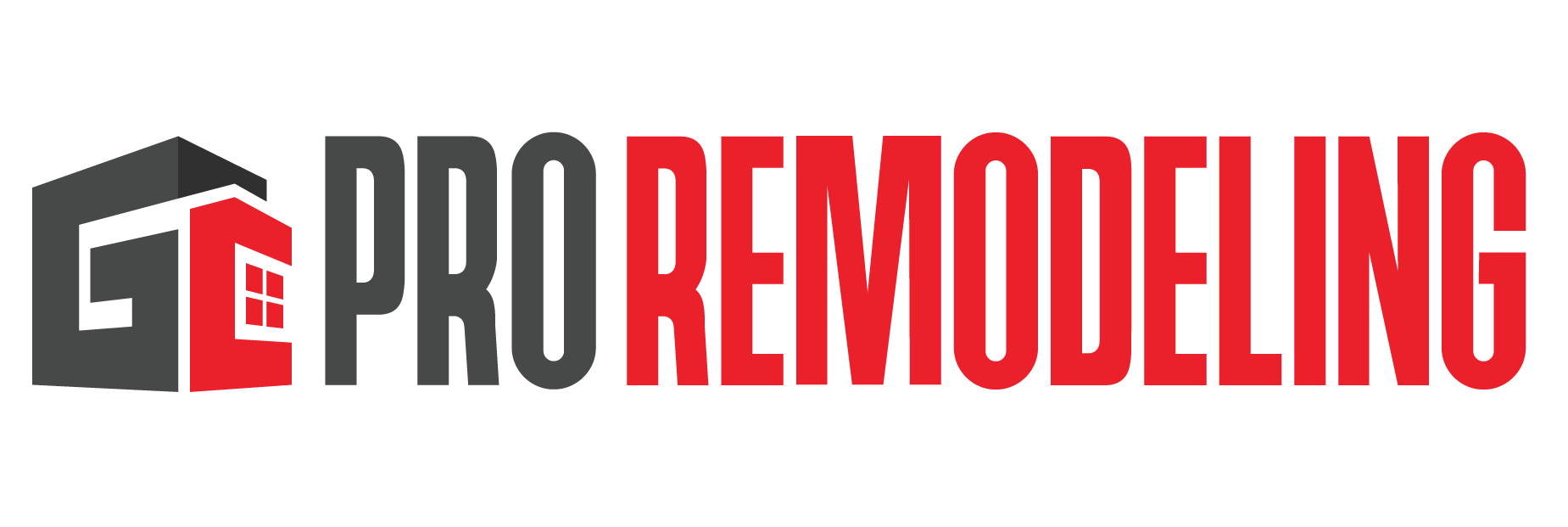Tiles are more than just a surface — they set the tone for your kitchen or bathroom, influence maintenance, and can even make a small space feel larger. In 2025, homeowners are embracing bold designs, modern materials, and smart installation strategies that balance style with functionality.
Here’s what’s trending in tile — plus practical tips for choosing options that work with your existing plumbing and lighting setup.
Tile Materials Making Waves
1. Large Format Tiles
- What’s Trending: Oversized tiles (24×24, 30×30, or even slab-style panels) are dominating both kitchens and bathrooms.
- Why They Work: Fewer grout lines create a sleek, seamless look and make cleaning easier — especially in high-moisture spaces.
- Best Uses: Bathroom walls, shower surrounds, kitchen floors.
2. Natural Stone & Stone-Look Porcelain
- What’s Trending: Marble, travertine, and quartzite remain timeless, but many homeowners are opting for porcelain tiles that mimic these stones for durability and affordability.
- Why They Work: Porcelain is water-resistant and less porous than natural stone, making it ideal for wet areas.
3. Decorative & Textured Tiles
- What’s Trending: Fluted tiles, 3D textures, and hand-crafted looks are becoming popular for accent walls and backsplashes.
- Why They Work: Adds depth and character without overwhelming the space.
4. Eco-Friendly Options
- What’s Trending: Recycled glass mosaics, sustainably sourced stone, and tiles made from reclaimed materials.
- Why They Work: They appeal to eco-conscious homeowners and bring unique color and light-reflecting effects.
Layout & Design Trends
Patterned Grout
- Dark grout with light tiles (or vice versa) creates striking lines and highlights geometric patterns.
- Colored grout (blues, greens, even metallics) adds personality to simple tile designs.
Decorative Backsplashes
- Full-height backsplashes (extending from countertop to ceiling) are trending in kitchens.
- In bathrooms, accent niches in the shower lined with patterned or mosaic tiles create a high-end feel.
Creative Layouts
- Herringbone & Chevron: Perfect for elongating walls or floors.
- Vertical Stacking: Modern, sleek look for small bathrooms.
- Mixed Sizes: Combining large and small tiles can create dimension and focal points.
Installation Tips: Making Tile Work With Your Plumbing & Lighting
- Coordinate with Plumbing Layout
- Choose tile sizes that minimize cuts around faucets, shower heads, and drains.
- Waterproofing is critical in bathrooms — ensure underlayment and sealing are done before tile installation.
- Consider Lighting Effects
- Glossy tiles reflect light, great for small kitchens or bathrooms that need brightness.
- Matte finishes reduce glare under strong lighting and create a softer, spa-like feel.
- Under-cabinet lighting in kitchens can highlight backsplash textures, while recessed lighting in bathrooms makes large format tiles look more seamless.
- Match Tile to Room Scale
- Large format tiles can make small rooms feel bigger, but they require precise leveling to avoid lippage (uneven edges).
- Smaller mosaics or patterned tiles work well for focal points like niches, backsplashes, or decorative borders.
- Plan for Maintenance
- Lighter grout looks clean but requires sealing to avoid staining.
- Larger tiles = fewer grout lines = less cleaning.
- Natural stone tiles require periodic sealing; porcelain and ceramic are lower-maintenance.
Final Thoughts
Tile is one of the most versatile design elements in kitchens and bathrooms. In 2025, the focus is on larger formats, bold grout, and decorative details that turn functional surfaces into statement pieces. But design isn’t just about looks — planning around plumbing, lighting, and maintenance ensures your tile installation lasts and performs beautifully for years to come.


